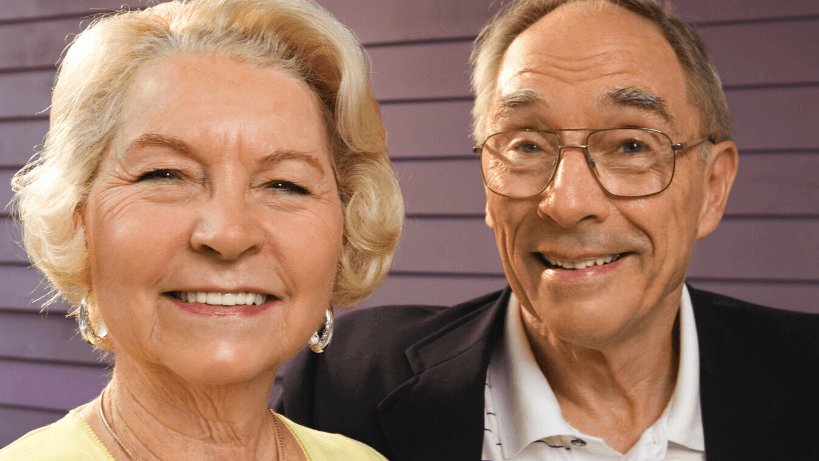AACD Says Smile Check Ups Should Be Part of Healthy Routines for Seniors
&srotate=0)
Top Cosmetic Dentistry Concerns After Age 50
- Finances. Many seniors are retired and didn’t budget for significant dental expenses. Therefore, early detection and conservative therapy is ideal.
- Comfort. Dentures, tooth loss and loose teeth can lead to irritation and discomfort when chewing.
- Dry Mouth. Certain medications and cancer radiation treatment can reduce saliva. Saliva helps bathe the teeth to help control harmful bacterial growth which leads to tooth decay and gum disease.
- Gum Disease and Receding Gums. Gum disease can worsen with other medical issues. Receding gums are unattractive; however, they can generally be corrected with non-surgical treatments.
- Yellow, Stained or Worn Down Teeth. Most seniors want their teeth to remain functional and attractive.
Seniors can keep their smile looking young by following simple steps from the experts at the American Academy of Cosmetic Dentistry.
More than half of the adult U.S. population surveyed over age 50 agree that a smile is the one physical feature that stays the most attractive as we age, according to a survey by the American Academy of Cosmetic Dentistry. Therefore, it makes sense to keep a smile in top shape with regular dental check ups.* AACD member dentists share their advice on maintaining a healthy smile through the years.
“As we get older, the cumulative effects of wear and tear on teeth and gums become more evident,” says Dr. Jack Ringer, past president of the American Academy of Cosmetic Dentistry and cosmetic dentist in Orange County, Calif. For many seniors, finding ways to reverse the effects of aging is a big concern. “Many cosmetic dental therapies today can take decades off one’s appearance.”
The good news is that there is no specific age when teeth and gums decline. AACD dentists can see marvelous mouths at age 90 and in contrast, terrible mouths at age 25. Regular dental care, home maintenance and good health can help avoid issues during the aging process. It’s important to note that patients with pre-existing conditions like heart disease and diabetes can start to see a decline in their oral health as early as their 40s.
A proper dental examination every six months allows a dentist to assess the teeth, gums, joints, and muscles. “Seniors tend to get more gum line cavities and periodontal problems due to limited dexterity and less saliva or dry mouth related to medications,” says Dr. Peter Auster, an AACD member dentist from Pomona, N.Y.
Routine dental exams also screen for possible oral cancers and soft tissue abnormalities.
In general, older patients seek out cosmetic dentistry because “teeth age quicker than the face,” says Dr. Joyce Bassett,AACD Accredited Fellow Member with a practice in Scottsdale, Ariz. “Our goal is to make the area between the nose to chin look younger while keeping the final result age appropriate.”
By far, the most popular cosmetic procedure for seniors is to bleach their teeth. Bleaching is non-invasive and relatively inexpensive yielding great results in most cases. Another popular therapy is using tooth-colored filling material to repair minor chips and wear to give back a more normal and youthful tooth appearance.
AACD dentists can help with the following common senior oral health concerns, along with more challenging cosmetic dental issues associated with aging. To find an AACD dentist, click here.